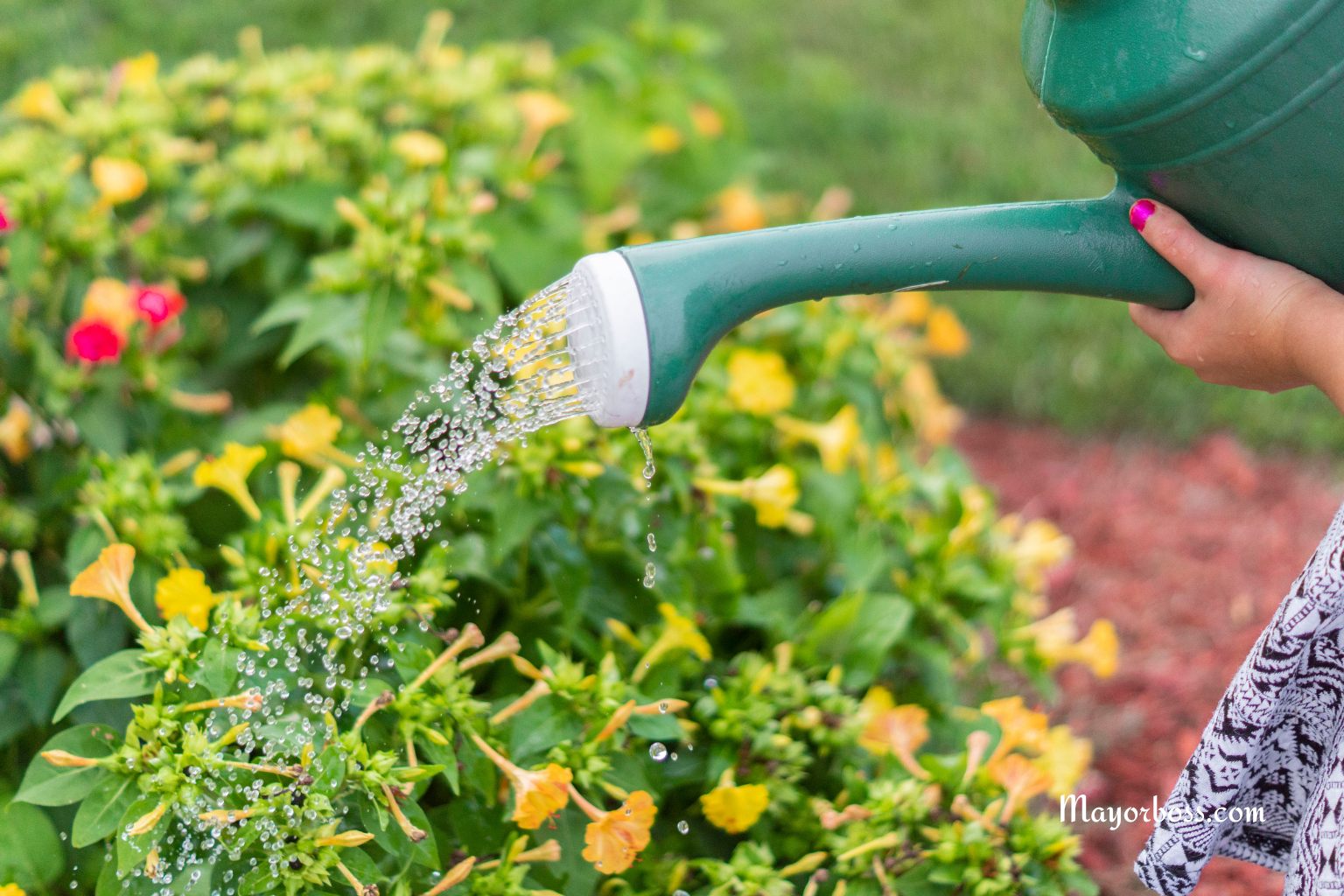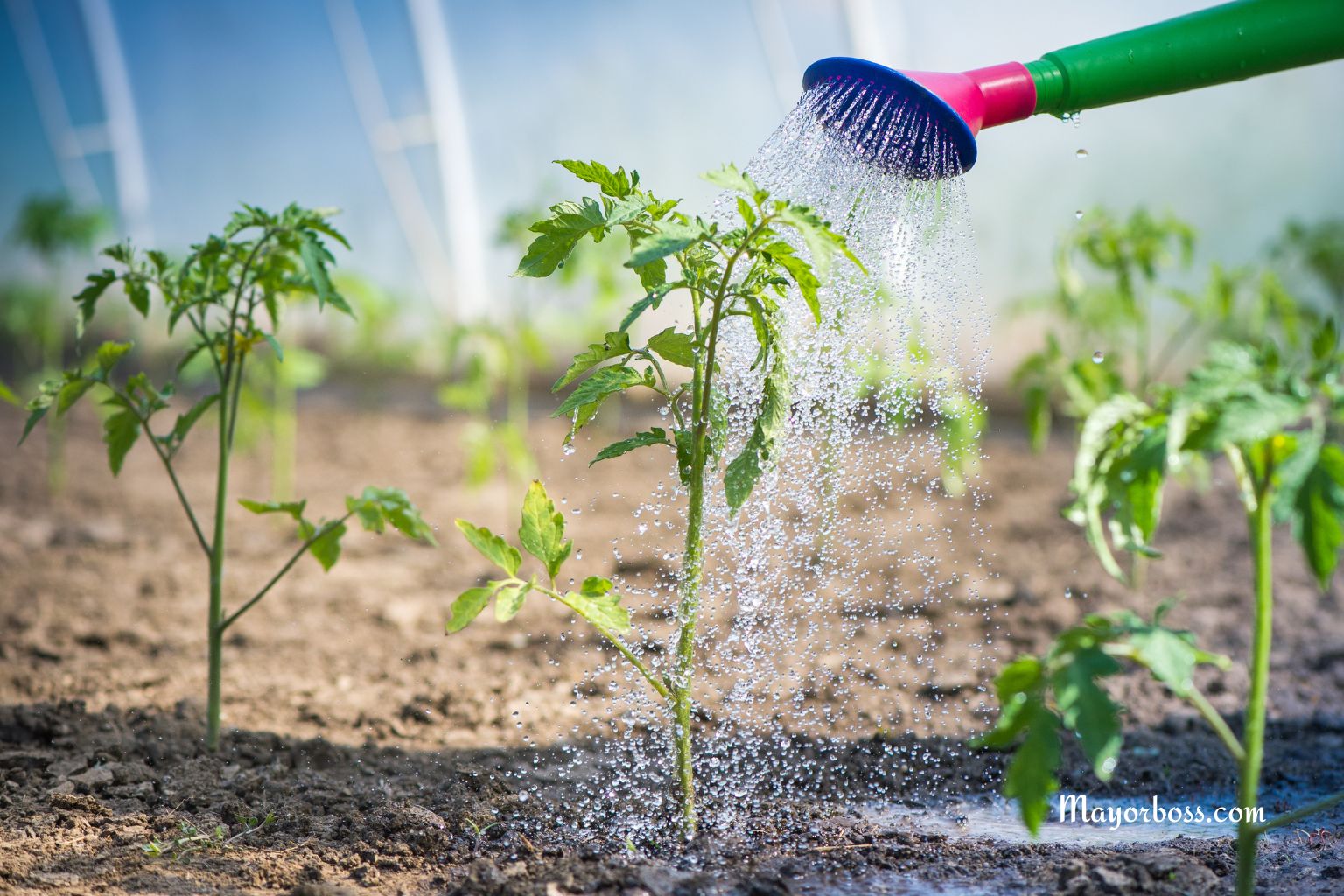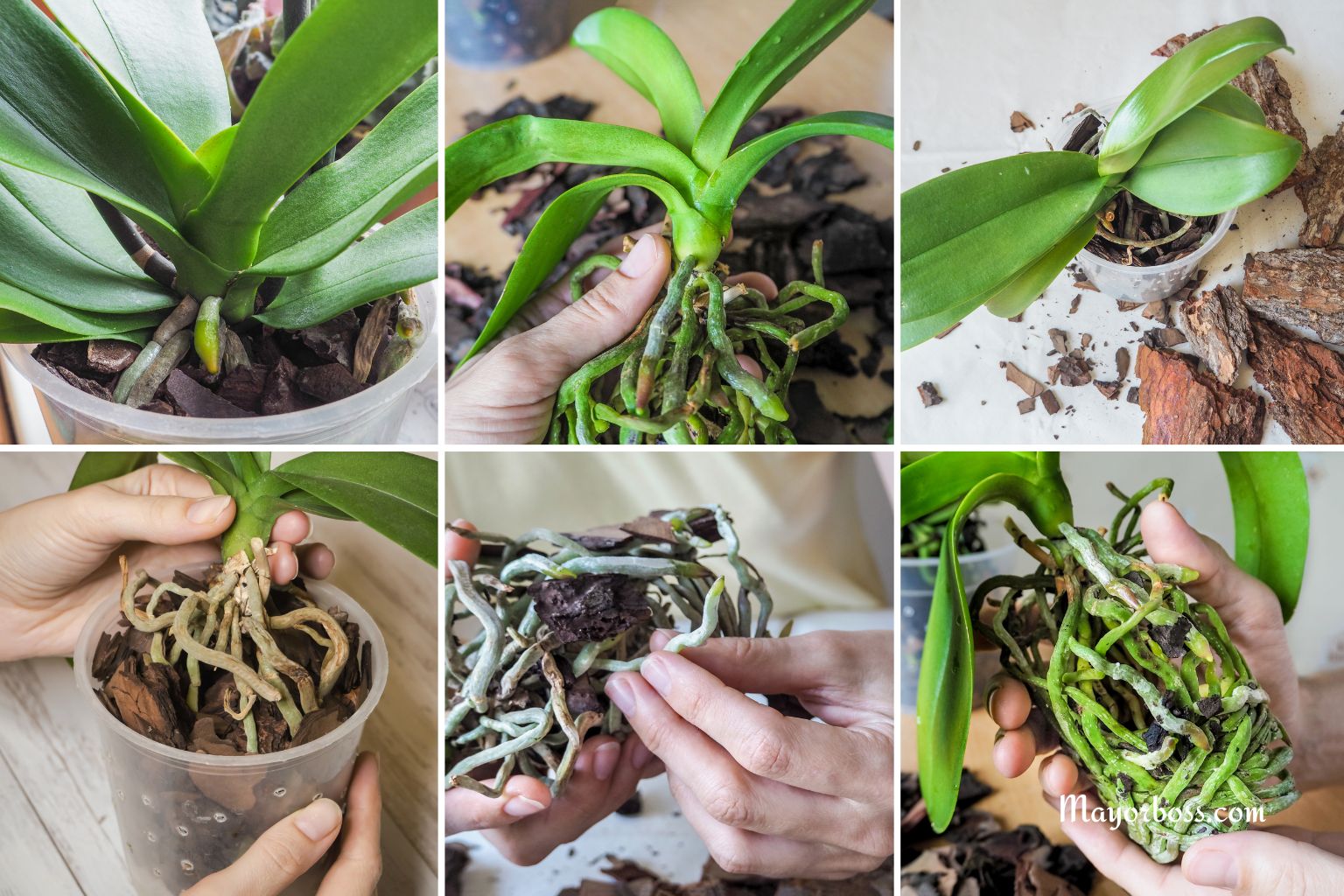How to Use Diatomaceous Earth for Natural Pest Control Indoors and in the Garden
Diatomaceous earth is a natural powder made from fossilized algae that controls pests indoors and in the garden. To use it, lightly dust dry surfaces where insects travel or hide, such as around baseboards, in cracks, on soil, and near entry points. Reapply after rain or cleaning, and always use food-grade diatomaceous earth for safe pest control.
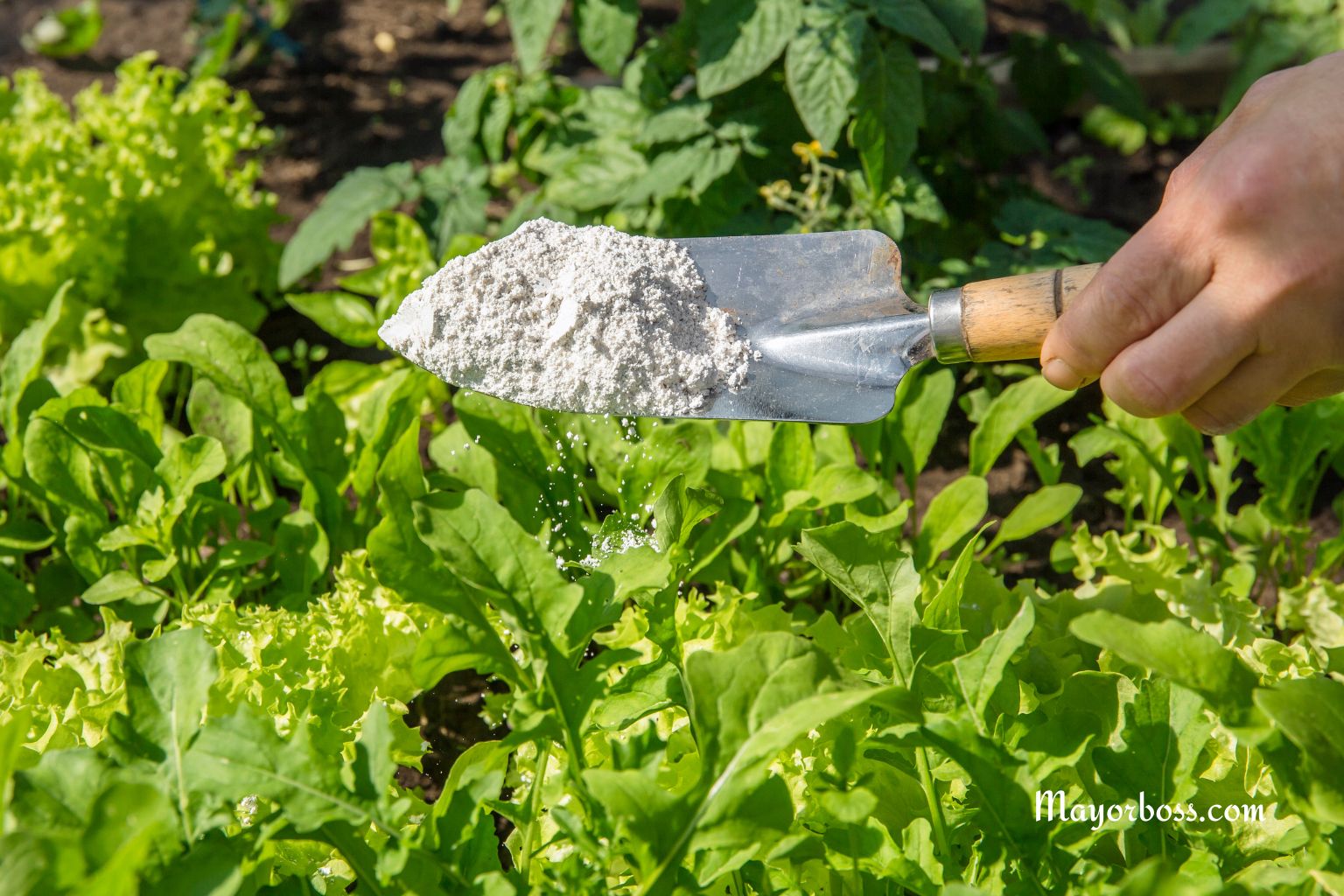
What Is Diatomaceous Earth?
Diatomaceous earth is a fine, white powder formed from the fossilized remains of tiny aquatic organisms called diatoms. Under a microscope, it looks like shards of glass. These tiny particles are harmless to humans and pets when used correctly, but they can kill insects by damaging their protective outer layer, causing them to dry out and die.1
Why Use Diatomaceous Earth for Pest Control?
Many people search for natural, chemical-free ways to control pests. Diatomaceous earth is a popular choice because it works against a wide range of insects, including ants, cockroaches, fleas, bed bugs, and even garden pests like aphids and slugs. It does not leave toxic residues and is safe for indoor and outdoor use when handled properly.2
How Diatomaceous Earth Works
Diatomaceous earth kills insects through a physical—not chemical—action. When insects crawl over the powder, its sharp particles scratch their waxy coating. This causes the insects to lose moisture and die from dehydration. Unlike chemical sprays, insects do not develop resistance to diatomaceous earth.
Types of Diatomaceous Earth
There are two main types of diatomaceous earth:
- Food-grade: Safe for use around people, pets, and in gardens. Always choose this type for pest control.
- Pool-grade: Used in pool filters, not safe for home or garden use. Never use pool-grade for pest control.
How to Use Diatomaceous Earth Indoors
Step 1: Identify the Problem Areas
Look for signs of insect activity. Common places include along baseboards, under appliances, inside cupboards, behind furniture, and near cracks or crevices.
Step 2: Clean the Area
Before applying, vacuum or wipe down the surfaces to remove crumbs, dust, or moisture. Diatomaceous earth works best on dry surfaces.
Step 3: Apply the Powder
Lightly sprinkle a thin layer of food-grade diatomaceous earth wherever you see pests or where they might travel. Use a duster, small sieve, or a soft brush for even application. Avoid making thick piles, as insects may avoid them.
Step 4: Let It Sit
Leave the powder in place for several days. You may notice dead insects nearby after a day or two. For ongoing infestations, repeat every week or after cleaning.
Step 5: Clean Up
Vacuum or sweep up the powder once the pest problem improves. Reapply as needed if pests return.
Safety Tip: Avoid breathing in the dust. Use a mask during application, especially in closed spaces.
How to Use Diatomaceous Earth in the Garden
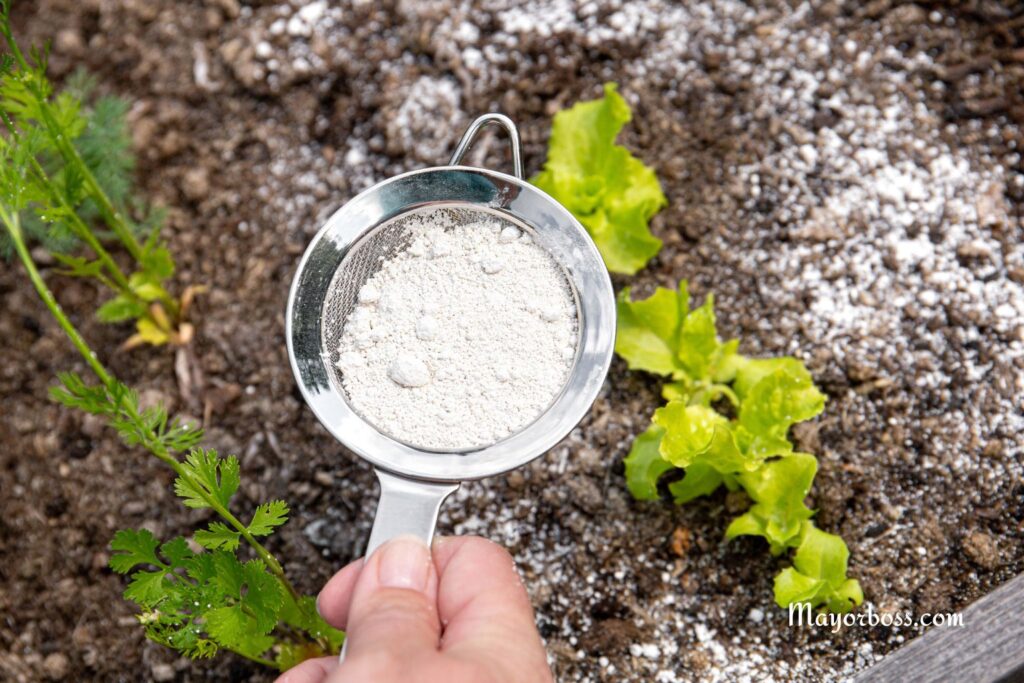
Step 1: Target Common Pests
Diatomaceous earth helps with aphids, slugs, beetles, caterpillars, ants, and more. Identify the plants and areas with pest activity.
Step 2: Wait for Dry Weather
Diatomaceous earth loses its effectiveness when wet. Apply on dry days and after rain has stopped.
Step 3: Dust Plant Leaves and Soil
Use a dust applicator, shaker, or spoon to sprinkle a fine layer on and around the base of plants. Cover both the tops and undersides of leaves if possible, but avoid thick coatings.
Step 4: Reapply as Needed
Rain, dew, or watering can wash away the powder. Reapply after each rainfall or heavy watering.
Step 5: Harvest Safely
If you apply diatomaceous earth to edible plants, rinse produce thoroughly before eating.
Is Diatomaceous Earth Safe?
Food-grade diatomaceous earth is safe for people and pets when used properly. However, it can irritate the eyes, throat, and lungs if inhaled. Always wear a mask and gloves when applying, especially indoors or in windy conditions.
Keep the powder away from pets’ food and water dishes, and avoid direct application on pet fur. While it is non-toxic, some animals may develop irritation with prolonged exposure.3
Pros and Cons of Diatomaceous Earth
Pros
- Chemical-free pest control
- Safe for most homes and gardens
- No risk of pest resistance
- Works on many types of insects
Cons
- Must stay dry to be effective
- Requires regular reapplication
- Can be messy during application
When to Seek Professional Help
For severe pest infestations, or if diatomaceous earth does not solve the problem, consult a licensed pest control professional. Persistent infestations may require more advanced treatment.
FAQs
1. Can I use diatomaceous earth on my pets for fleas?
Food-grade diatomaceous earth may help control fleas on pets, but always check with your veterinarian first. Avoid getting powder in pets’ eyes, nose, or mouth.
2. How long does it take for diatomaceous earth to work?
Most insects die within 24 to 72 hours after contact. For best results, leave the powder in place for several days.
3. Is diatomaceous earth safe for children?
Food-grade diatomaceous earth is safe around children when used as directed. Keep children away during application and avoid leaving loose powder in play areas.
4. Can I mix diatomaceous earth with water to spray it?
You can mix it with water and spray it on plants, but it only works once it dries. Wet applications may not be as effective as dusting.
5. Where should I not use diatomaceous earth?
Avoid applying it near fans, air vents, or anywhere it could easily become airborne and inhaled. Do not use pool-grade diatomaceous earth in the home or garden.


